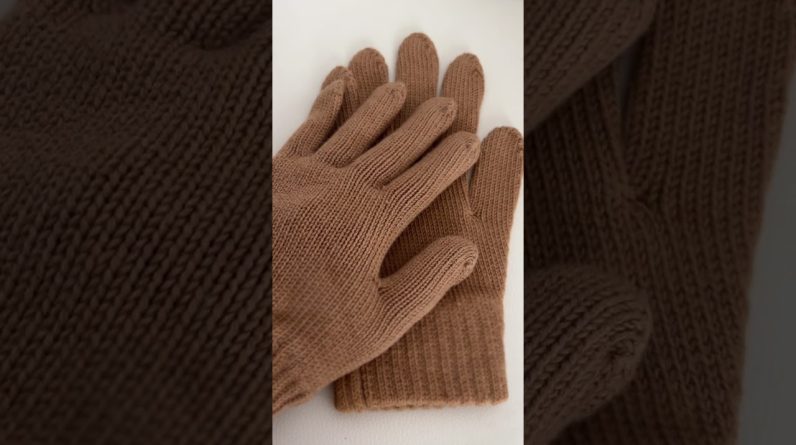This is a comprehensive liquid soap making tutorial and easy beginner recipe to get you started with making your own liquid soap from scratch at home. This recipe is great for beginners (no volcanoes!), it’s super fast to come together and it makes a nice general use liquid soap, perfect for handwashing, bathing and household cleaning.
*Recipe details*
700g total oil batch
20% lye concentration for the lye solution (this dictates the water amount in the recipe)
(1% superfat calculated into the recipe)
489g olive oil (70%)
140g castor oil (20%)
70g coconut oil (10%)
597g distilled or demineralised water (boiled filtered tap water can be used but your soap may not be clear)
149g potassium hydroxide (90% KOH – more details about that below)
I added essential oils at a rate of 2% of the total finished soap weight – you will need to calculate this for your own soap batch, depending on how much paste you dilute. You may also want to reduce this amount to 1 or 1.5% – depending on your essential oils and your personal preference.
To make the salt solution for thickening the soap, dissolve 20g of salt into 80g of hot distilled or filtered water. Stir the mixture until the salt dissolves. This solution can be multiplied to produce a larger batch. It can also be stored under refrigeration indefinitely.
This liquid soap recipe makes approximately 1445g of finished liquid soap paste, not accounting for evaporation during the cook. This amount of paste will make approximately 3.6 litres (3600g) of finished liquid soap at a dilution rate of 1:1.5 (1 part paste to 1.5 parts water).
Potassium hydroxide can be best purchased through online soap making suppliers. Google ‘potassium hydroxide’ and your city/state name (eg. ‘potassium hydroxide Brisbane’) to get your closest options. Most potassium hydroxide is labelled as 90% pure, so if you are calculating your own liquid soap recipe make sure to enter potassium hydroxide as your lye type and change the purity level as needed in your soap calculator.
I used the app called ‘Soap Lye Calculator’ (android phone app) to calculate this recipe.
*New to soap making? This is important!*
Sodium hydroxide and potassium hydroxide (lyes) used in soap making, in granular or flake form or in solution with water/other liquids, as well as raw soap batter, are highly corrosive and require careful and attentive handling and the proper use of personal protective equipment. Please watch this video to learn more about essential soap making safety precautions
Web page
*Elly’s Everyday Membership Group*
Are you looking for extra connection and support with your soap making and/or sourdough bread baking? Come and join my affordable Membership Group for access to fortnightly Q&A podcasts where I answer member questions and talk in depth about all things soap and bread making! I’d love to meet you there 🙂
Or if you’d just like to buy me a ‘coffee’ 😊
*Helpful video links*
Calculate bar soap recipes
Calculate liquid soap recipes
Calculate soap mould volume
Choosing oils for soap making – formulating soap recipes
Superfat in soap making explained
Soap making water discount explained
Soap making temperatures
Citric acid in soap making
pH testing soap with paper strips
pH testing soap with the Zap Test
*All the playlists! (Elly’s video collections)*
*Bread making channel*
*Website*
*Newsletter*
*Facebook*
*Instagram*
*Amazon storefront*
(As an Amazon associate I earn from qualifying purchases)
*Soap making suppliers Australia*
*Disclaimer*
The information provided in my videos and website is based on my own personal research and experience and is provided for informational and entertainment purposes only. I am not a professional soap manufacturer, nor do I have formal qualifications in chemistry or skincare formulation (or any other related field) and I make no guarantees about the correctness of the information presented. Use the information in my videos and on my website at your own risk.
*Copyright © Elly’s Everyday*
source








